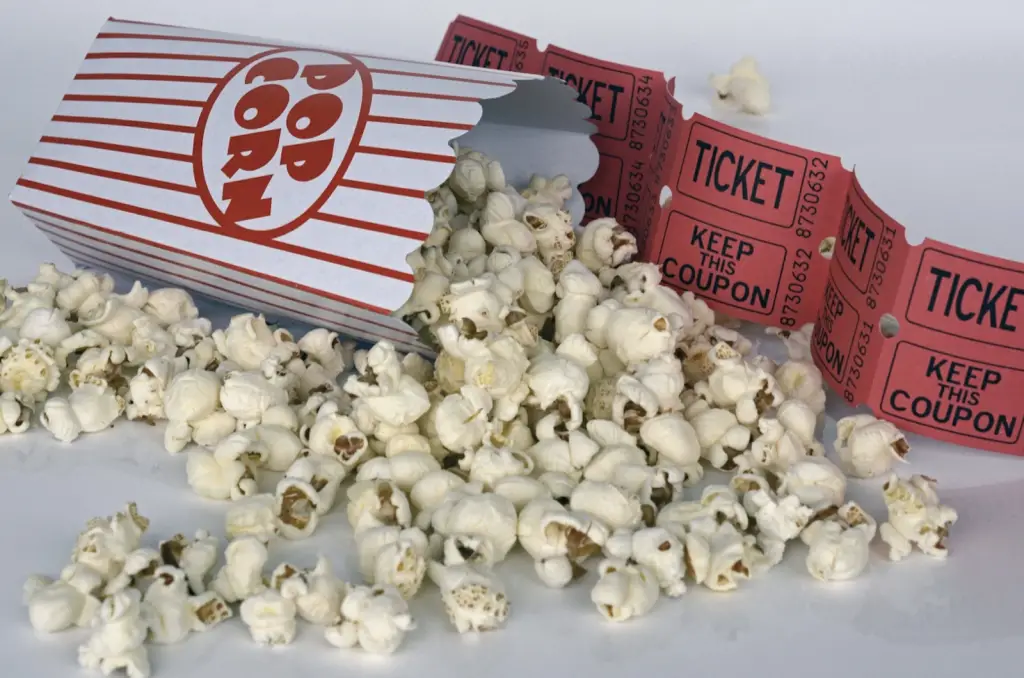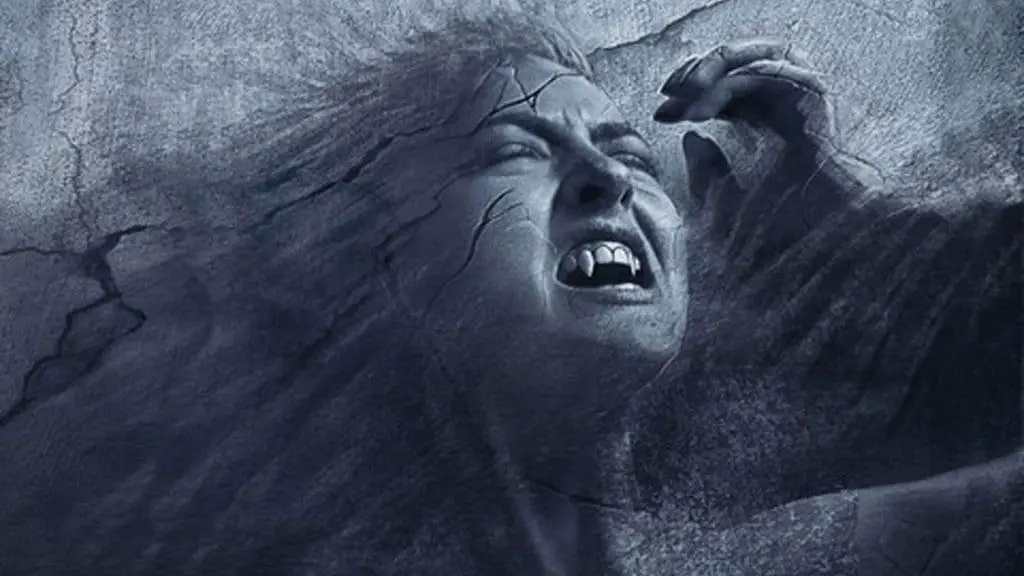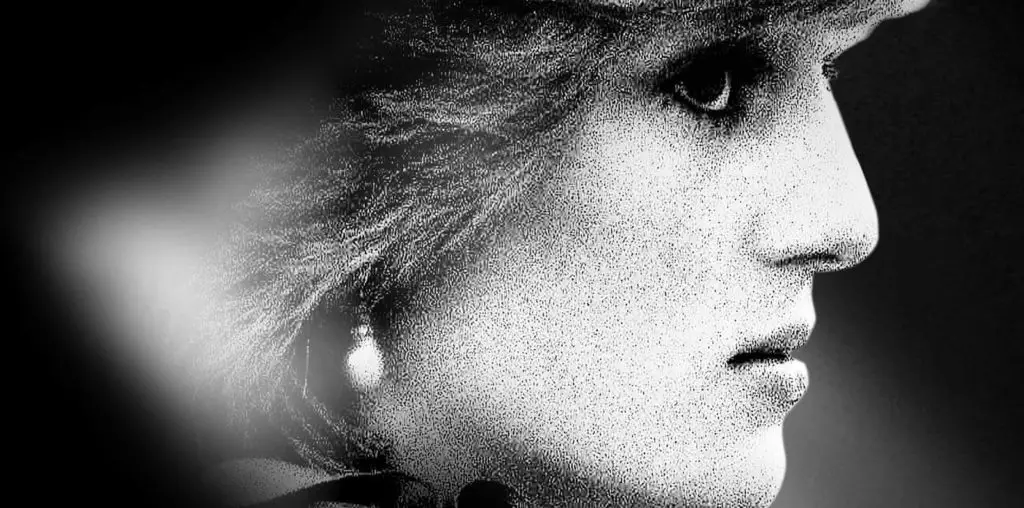
Dump a bucket of French New Wave flourishes over the “teens struggling with life issues” documentary genre and presto – you’re left with Amir Motlagh’s “Pumkin Little.” Stuffed with disconnected images of suburban Southern California homes, caramel-tinted sunsets, and garage-inhabiting break dancers, “Pumkin Little” also stitches together voice-overs by a group of multi-ethnic, adolescent friends discussing 8th grade memories.
One long-winded lass reflects on her days as a drug dealer, rationalizing the questionable experience as one that infused her with long-sought independence. A Filipino boy rambles on about his newfound enthusiasm for coffee shops. “I never thought I’d go to coffee shops,” he observes during an electrifying epiphany, “but they’re pretty cool.” Another woman-child speaks of stuffing her bra in high school, and enduring embarrassment when the mammary enhancers popped from her shirt during class.
This coma-inducing, “so what” banter is heard over equally deadening “look at me” camera flourishes like freeze frame, slo-mo, and draggy, stillborn shots that distract from what’s being said. For instance, the movie opens with two friends studying together on a bed. Eventually, the conversations we’re seeing don’t match the audio track. It’s as if we’re witnessing one discussion, and hearing another. Some might consider this a brilliant, inventive device. Most, however, are bound to find it disorienting and amateurish. Others will simply turn the damn thing off , distracted by perceived technical malfunctions.
The key to success with slice-of-life documentaries is to define a mission. With “Hoop Dreams,” it was the quest for basketball scholarships. In “Spellbound,” it was the pursuit of a spelling bee championship. In “Pumkin Little,” it’s just a bunch of self-absorbed young people talking about junior high. Unless lulling viewers into a diabetic coma is Motlagh’s cinematic goal, there’s precious “Little” to recommend.


